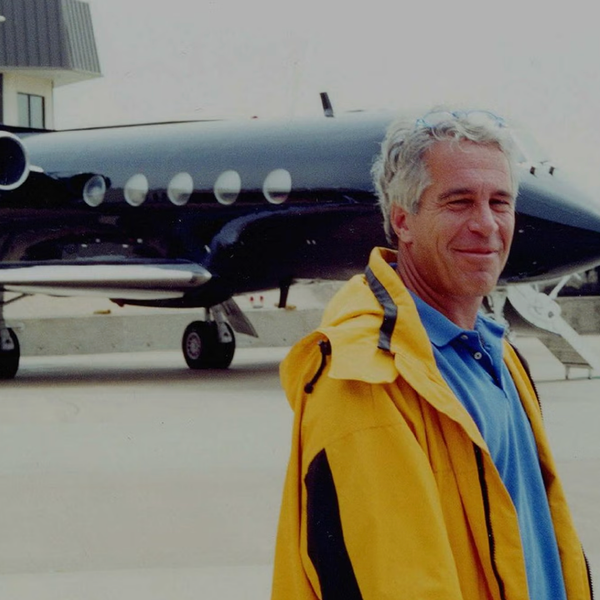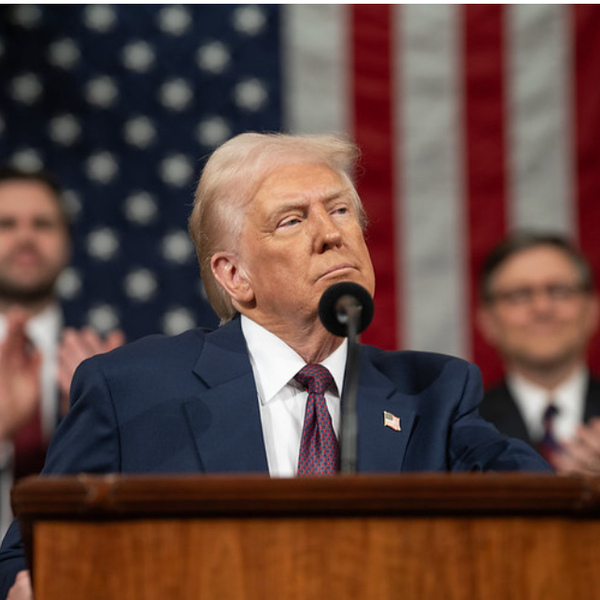More often than not during the past 100 years, succession to the top job at Goldman Sachs (GS) has been a blood sport.
A careful reading of former Goldman employee Greg Smith’s infamous New York Times op-ed article — along with a twist of conspiracy theory — suggests that the jockeying to replace Lloyd Blankfein, who has been Goldman’s chief executive officer since June 2006, is well under way.
It’s also possible that Smith may have unwittingly, or perhaps wittingly, given a boost to one candidate previously thought to have been out of the running: J. Michael Evans, head of the firm’s global growth markets.
Despite what Goldman would have you believe about how carefully orchestrated its leadership changes have always been, the firm has rarely had an orderly succession. Consider the exit of Waddill Catchings, the first person from outside the family to run Goldman Sachs. In 1930, partners Sidney Weinberg and Walter Sachs decided that Catchings, whose creation of the Goldman Sachs Trading Corporation had by then cost the firm $13 million and nearly put it out of business, had to go.
Sachs first met with Catchings in Chicago to clip his wings, and Catchings apologized for having taken gambles without the approval of all partners. A few months later, Sachs and his brother Arthur decided to buy Catchings out of his contract for $250,000. “We had made up our minds to ask him to retire,” Walter Sachs recalled in an oral history in the 1950s. “This was because it had become clear to us that we just didn’t think alike, that he had come as near ruining the name and the reputation of the firm as any man could do.”
The Sachses selected Weinberg to be the senior partner, and he went on to become one of the greatest investment bankers of his generation. Yet he, too, refused to leave the stage gracefully in favor of his successor, Gus Levy. So in the mid-1960s, Levy forced Weinberg to move from Goldman’s headquarters in downtown Manhattan to an office in the Seagram’s Building in Midtown. But even kept out of the day-to-day flow, Weinberg would not go quietly, and until his death in 1969 he made sure Levy knew that he was still responsible for pay and promotions at Goldman.
After Levy’s sudden death in 1976 — he suffered a stroke at a Port Authority board meeting — the “Two Johns” (John Whitehead and John Weinberg, son of Sidney) succeeded him, although Whitehead thought he should have had the position alone. Things went fairly smoothly after Whitehead retired and joined the State Department, with Weinberg running the firm alone beginning at the end of 1984.
Yet by the end of the decade, Weinberg — like his father before him — was sent packing to the Seagram’s Building to make way for Robert Rubin and Steve Friedman to lead Goldman, in December 1990. Rubin and Friedman had grown impatient that Weinberg would not leave gracefully. That partnership worked fine until Rubin left in January 1993 to join the Bill Clinton administration, and then Friedman abdicated his position for health reasons. This set off a week of ferocious infighting in 1994 at Goldman Sachs, with Jon Corzine being named senior partner and Hank Paulson becoming his No. 2.
But Corzine and Paulson never got along. Corzine seemed eager to merge Goldman with another Wall Street firm, an idea Paulson resisted. Eventually, in January 1999, Paulson seized his opportunity to get the four votes he needed on Goldman’s five-member executive committee to remove Corzine, a swift coup- d’etat. Two of the four votes came from partners John Thornton and John Thain — a longtime Corzine ally. In exchange, Paulson promised the men that they would succeed him one day.
But Paulson reneged on that promise, deciding in the end that neither man had the right stuff to lead Goldman. When Paulson became Treasury secretary in 2006, he thought Blankfein, who had come from the trading floor, would be the better choice to lead a firm so heavily dependent on trading revenue and
profit.
The machinations inside Goldman to succeed Blankfein are no less Kremlin-like than at other times in its history. Lately, Goldman insiders have been positioning Gary Cohn, Goldman’s 51-year-old president and a longtime Blankfein ally, as the obvious candidate to succeed Blankfein when the time comes. This is a relatively new development because many thought that promoting Cohn, another former trader, would conflict with Goldman’s supposed new priority on being client-friendly and a corporate good citizen. But insiders note that Cohn has become much more statesmanlike in the past year, and point to his high-profile
appearance at the in Davos, Switzerland, in January as evidence.
No doubt Cohn’s renaissance has miffed the uber-competitive Evans, a former Olympic gold-medalist (in rowing) and a Goldman vice chairman. Evans had been a serious contender for the top job, and in 2010 was made co-chairman of Goldman’s internal Business Standards review committee, which published a report on the firm’s role in the financial meltdown in January 2011. However, insiders tell me, Evans’s ambitions and sharp elbows had upset a number of important colleagues, and his star was falling.
Enter Greg Smith with his bombshell. Evans has spent much of his Goldman career at the London office, where Smith worked, and they certainly knew each other. In his op-ed article, Smith specifically cited Blankfein and Cohn as responsible for the deterioration of Goldman’s culture during his almost 12 years at the firm. Smith made no mention of Evans.
The logical question is, who benefits from Smith’s embarrassing public indictment of Goldman’s culture under the leadership of Blankfein and Cohn? How about the Machiavellian Evans, a former protege of Paulson’s who can be presented to the Goldman board — and to the public — as a worldly, client- oriented, cleaner-than-clean savior and return of the old-school style investment-banker at Goldman?
“Why doesn’t anyone call the Greg Smith story what it is, the next round of alpha war at the top of GS?” one observer recently e-mailed me. Why not, indeed.
(William D. Cohan , a former investment banker and the author of “Money and Power: How Goldman Sachs Came to Rule the World,” is a Bloomberg View columnist. The opinions expressed are his own.)








